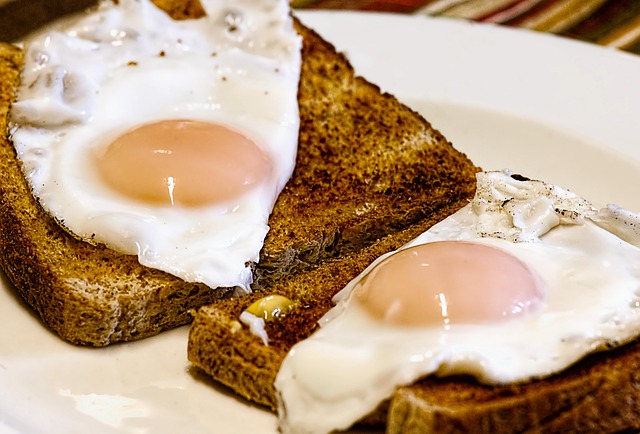Hormonal treatments are vital for preparing the uterus post-ovarian removal or egg donation procedures. These treatments, using hormones like estradiol and progesterone, mimic natural cycles, fostering an environment conducive to embryo implantation. Rigorous screening and hormonal synchronization for donors and recipients ensure successful pregnancy outcomes. After these processes, close medical monitoring and psychological support are crucial for optimal recovery and managing expectations regarding future fertility options.
“Uncovering the path to successful implantation: Hormonal treatments and uterine preparation play a pivotal role in fertility journeys, especially post-ovarian removal. This comprehensive guide delves into the intricate world of hormonal therapies designed to optimize uterine health for egg donation procedures. From understanding the science behind these treatments to exploring the process of egg donation, this article offers valuable insights. Learn how hormones ensure optimal conditions for implantation success and discover potential considerations for your next steps, empowering you with knowledge for informed decisions.”
Understanding Hormonal Treatments for Uterine Preparation
Hormonal treatments play a crucial role in preparing the uterus for implantation, especially in cases where medical procedures like ovarian removal have been performed. This process is particularly relevant when exploring options like egg donation after ovarian removal. The primary goal is to mimic the natural hormonal cycle to create an environment conducive to embryo implantation and pregnancy.
Doctors often prescribe a combination of hormones, including estradiol and progesterone, to stimulate the uterine lining. Estradiol, a form of estrogen, helps thicken the endometrium, while progesterone prepares the uterus for potential implantation. This meticulous preparation ensures that even after ovarian removal, the body can support the growth of an embryo, offering hope for successful pregnancy through egg donation methods.
Egg Donation Process Following Ovarian Removal
Following ovarian removal, many women consider egg donation as an option for future pregnancies. The process begins with a thorough screening of potential donors to ensure their health and fertility suitability. This includes medical history checks, physical examinations, and genetic testing to safeguard the quality and safety of the eggs. Once approved, the donor receives hormonal treatments to stimulate the production of multiple eggs, mimicking a natural menstrual cycle.
During this phase, the uterine lining also undergoes preparation through hormonal therapies aimed at fostering an optimal environment for egg implantation. This meticulous process involves careful monitoring to synchronize the release of eggs with their ideal window of fertility. The harvested eggs are then frozen for future use, while the donor’s uterus is readied for potential implantation procedures, ensuring a seamless transition towards achieving a successful pregnancy.
The Role of Hormones in Ensuring Implantation Success
Hormones play a pivotal role in ensuring successful implantation of an embryo, especially in cases where egg donation is involved following ovarian removal procedures. This intricate process involves careful coordination of various hormonal agents to create an environment conducive to fertilization and subsequent embedding of the embryo into the uterine lining.
In such scenarios, hormone therapy is often utilized to mimic the natural reproductive cycle. For instance, after ovarian removal, which can impact hormone production, exogenous hormones like estrogen and progesterone are introduced to prepare the uterus for implantation. This preparation includes thickening the endometrium, ensuring it provides the necessary support and nutrients for the developing embryo, especially when an egg donated from another source is used.
Potential Considerations and Next Steps After Treatment
After hormonal treatments and uterine preparation for implantation, several potential considerations come into play for individuals, especially those who have undergone ovarian removal or utilized egg donation. The first step in navigating these next steps is to ensure optimal recovery. Given the sensitivity of the procedures, adequate time for healing and adjustment is vital. This may involve close monitoring by healthcare professionals, including gynaecologists, to manage any potential side effects or complications.
Additionally, psychological support can significantly aid individuals in processing their experiences and managing expectations. This could include counseling or joining support groups where one can share experiences, gain insights from others’ journeys, and learn about available resources for continued care, especially when considering future fertility options like egg freezing or alternative reproductive technologies post-ovarian removal.
Hormonal treatments and uterine preparation are crucial steps in ensuring successful implantation, especially for individuals undergoing egg donation after ovarian removal. By carefully managing hormonal levels, medical professionals can create an optimal environment for embryo implantation. This article has explored the various aspects of this process, from understanding the role of hormones to considering potential next steps. Remember that, while these treatments offer hope, each case is unique, and consulting with healthcare specialists is essential to navigate the journey towards successful implantation and beyond.
